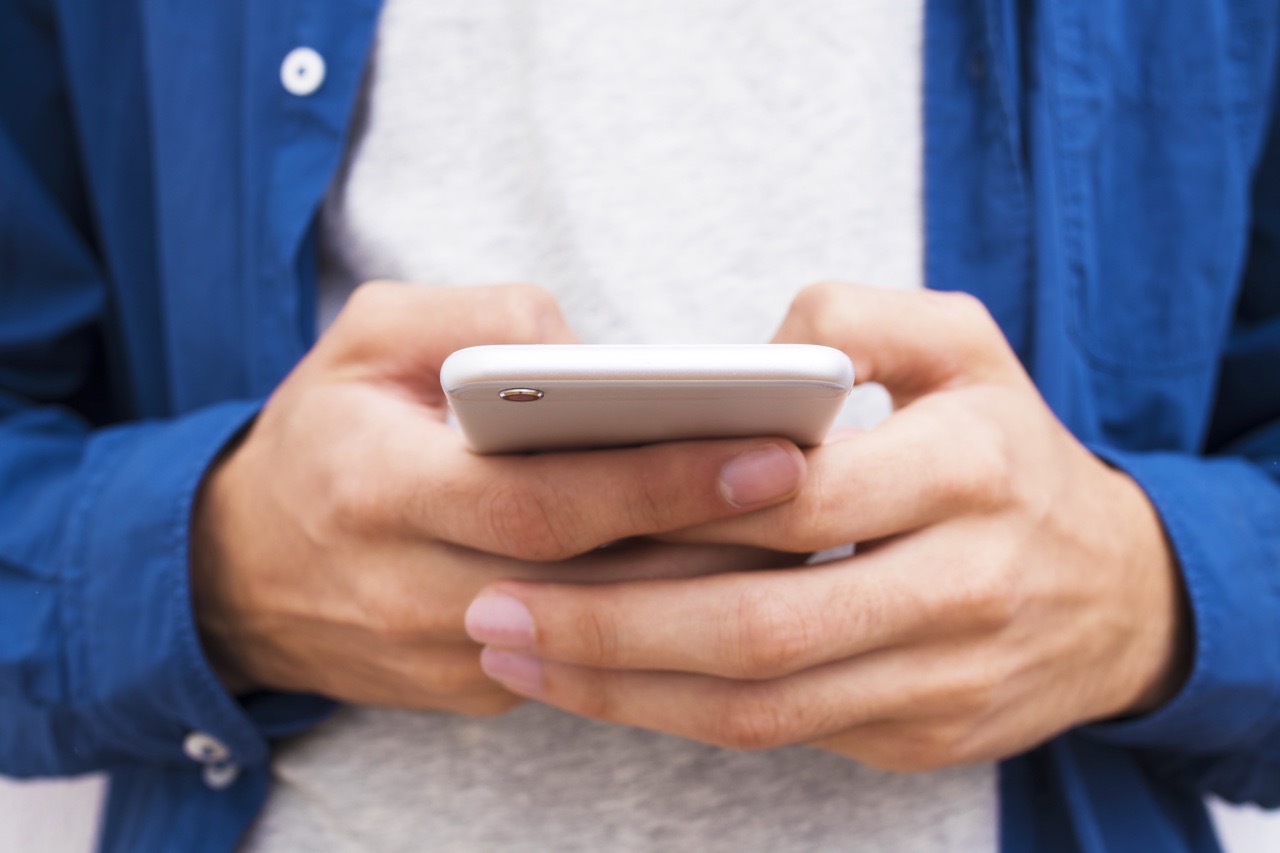The first cell phones had T9 keyboards. They got the job done, but you didn’t want to do anything more than enter a contact’s name. It was arduous. I’m amazed texting ever took off.
Blackberry’s contribution was to add a tiny QWERTY keyboard. This was considerably faster than T9. It was easier to use because people were already familiar with how it worked. As long as you had tiny fingers, you could type longer form content like email.
Then the iPhone came. Its on-screen keyboard could be reconfigured and get out of the way when you didn’t need it, giving you more room for content.
That flexibility lets you change your keyboard to suit your needs. If you speak French, you can change from the standard QWERTY layout to an AZERTY one. In addition to changing the placement of the keys, it also switches the active spelling and grammar dictionaries—useful if you’re in a multilingual environment.
There are ways you can step up your typing game on iOS. You can type faster and write more efficiently.
- Know what you’ve already got. Before you start looking for another solution, make sure you know what the built-in keyboard can do. Press and hold a letter to get alternate forms, like accented characters. On iPad, pull down on a key to get the “shifted” letter. When you force press (two-finger touch on iPad), you can use the keyboard area like a trackpad to move the cursor around a large text area. Want to type with your thumbs on an iPad? It splits.
- Think out loud. We speak 3x faster than we type. With Siri Dictation, you can speak almost anyplace you can type. (It won’t work with password field.) It’s installed by default (and also available on macOS). It’s especially handy when you’re out and about and it’s easier to speak than hold your phone steady enough to type. (If you’re driving, just use Siri hands-free.)
- Be a stickler. I have a love-hate relationship with the Grammarly plugin for Safari. On one hand, I appreciate having the second set of eyes checking everything I write for homophonic substitutions, missing punctuation, and subject-verb agreement. On the other hand, I do have to ignore its suggested corrections on a regular basis. Like it or love it, you can now get Grammarly’s second set of eyes in a keyboard.
- Take a swipe at it. The thing that drew me to Gboard was the swiping. Instead of hitting each key separately, you put your finger down at the start of the word and “draw” your way to each letter. It sounded a little awkward (gimmicky at best) but once I tried it, I was hooked. It also has a searchable emoji keyboard, reaction gifs, and an art board for sketching. They recently added a Morse code keyboard for limited-mobility users (or people who just really like dots and dashes).
- Get physical. For heavy-duty writing, nothing is going to beat the performance of a physical keyboard. You can pair any Bluetooth keyboard with an iPad, iPhone, or iPod Touch; just prop up your device and start typing. I used to carry a Magic Keyboard as part of my everyday carry; now, I’ve switched to using a Smart Cover on my iPad. (It’s even slimmer and it’s what I used to write this post at 34,000 feet.)
One important note: some keyboards require network access to use all features. Grammarly works by running what you type through their servers. Gboard doesn’t send your keystrokes to the server, but it will need to send what you search for to their servers to find gifs and info cards, obviously. Be sure you know what a third-party keyboard does before you install it.
Most importantly, iOS will switch to the built-in keyboard for any password fields.
Typing pervades so much of what you do, it’s worth trying out different options to see what suits your style best. The built-in keyboard(s) will be great for a lot of users, but you do have options.
If you really want to use a T9 keyboard on your phone, they have those, too. If you’re after the BlackBerry-style physical keyboard experience, you may be out of luck.
Question: What’s your favorite keyboard to use with iOS? Share your thoughts in the comments, on Twitter, LinkedIn, or Facebook.

